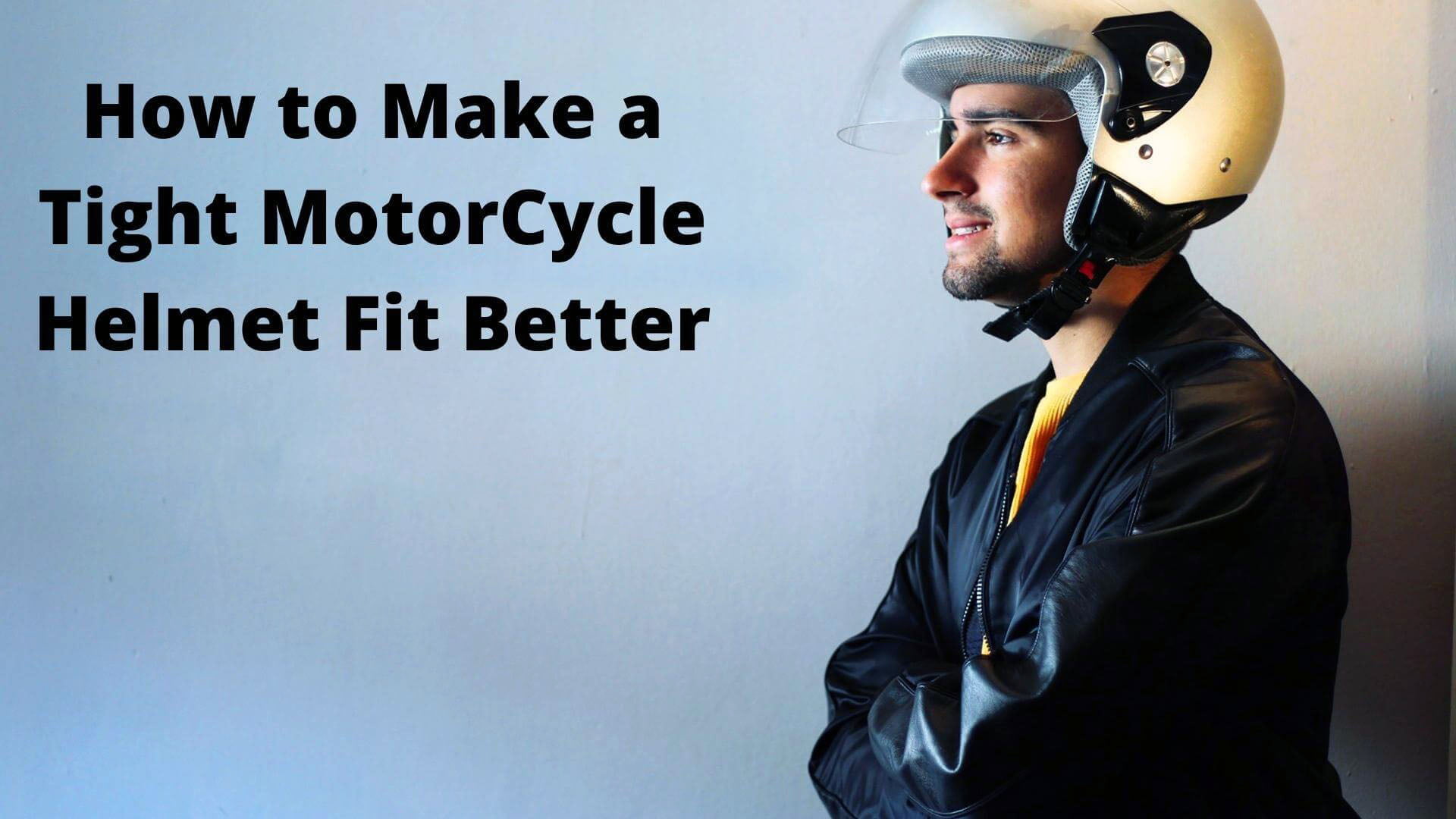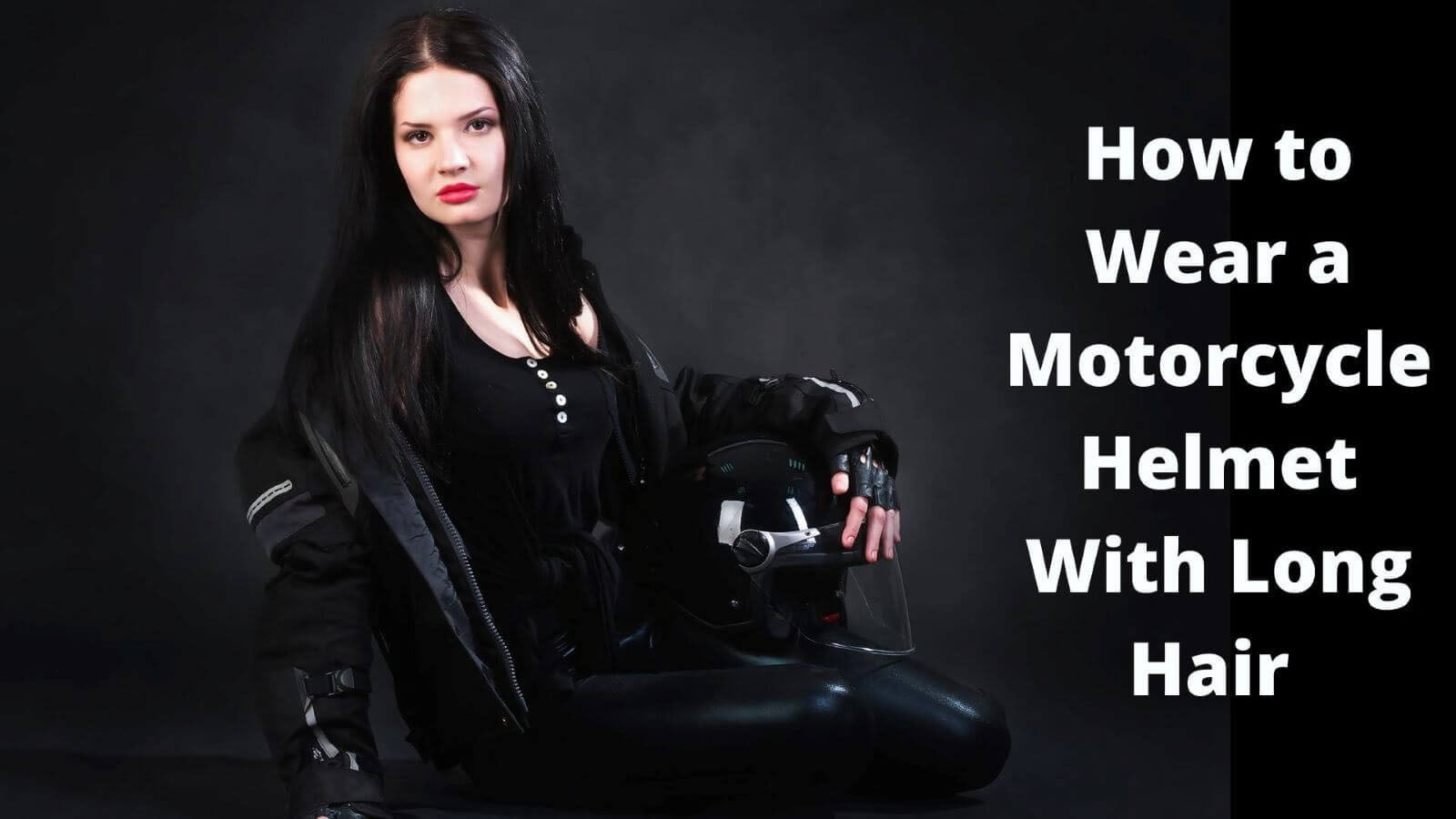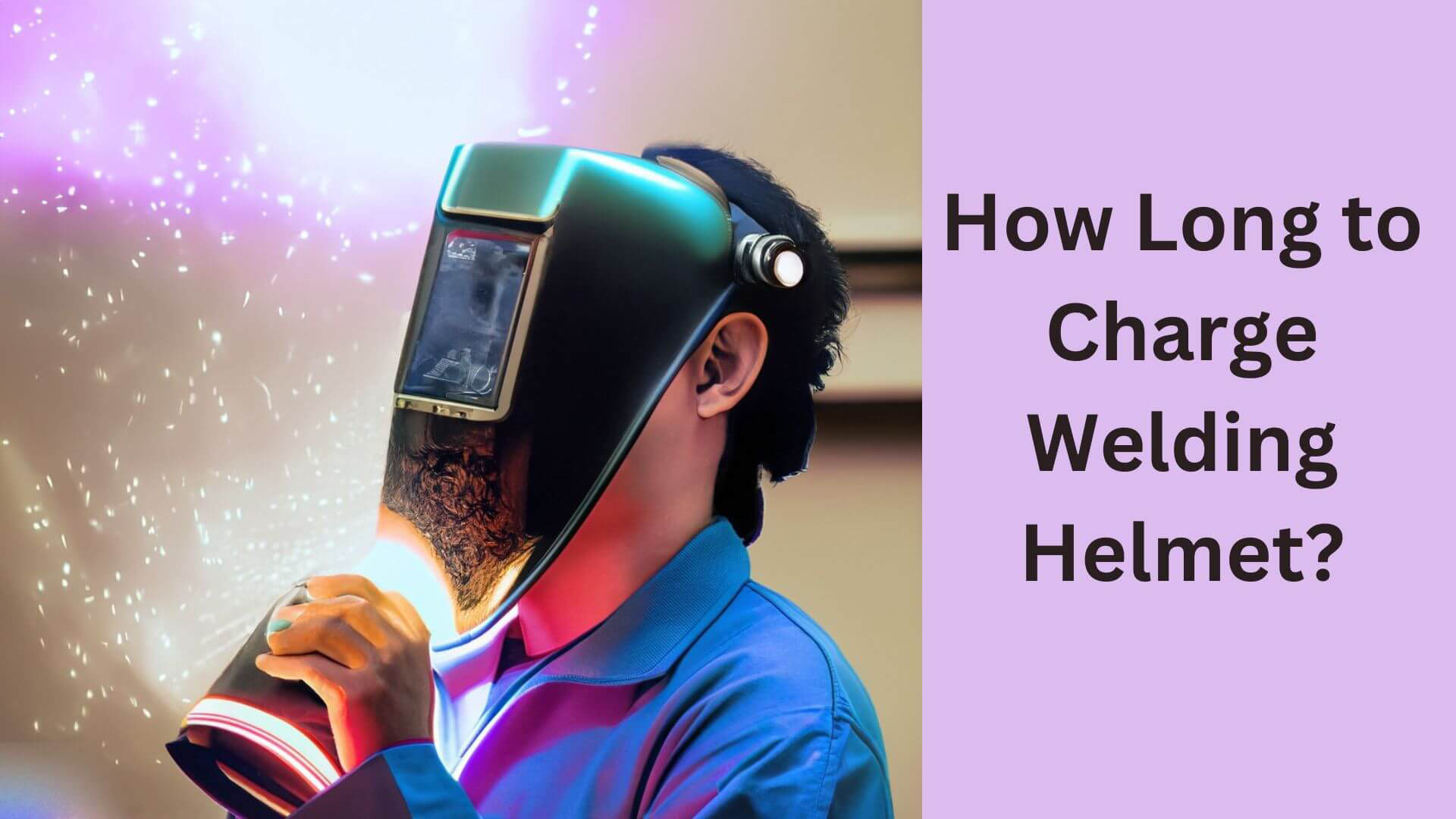How to Properly Fit an E-Bike Helmet?

Are you looking for a fun and eco-friendly way to explore the outdoors? E-bikes have become increasingly popular, but do you know how to fit an e-bike helmet properly?
This essential safety equipment protects your head in case of an accident and can also improve your riding experience.
However, more than simply wearing an E-bike helmet is required; it must be appropriately fitted to ensure maximum protection. I will discuss how to Fit an E-Bike Helmet Properly in this article.
- The first step is to choose the correct helmet size. A too-big or too-small helmet will not provide adequate protection.
- Secondly, wearing your helmet correctly with straps fastened securely under your chin is essential. Adjusting the straps to fit snugly around your head will prevent the helmet from shifting in case of impact.
- Lastly, check the helmet’s placement on your forehead and its overall comfort level.
Following these simple steps, you can ensure that your E-Bike Helmet fits perfectly and effectively protects you whenever you hop on your bike.
What is Mips Technology In E-Bike Helmets?
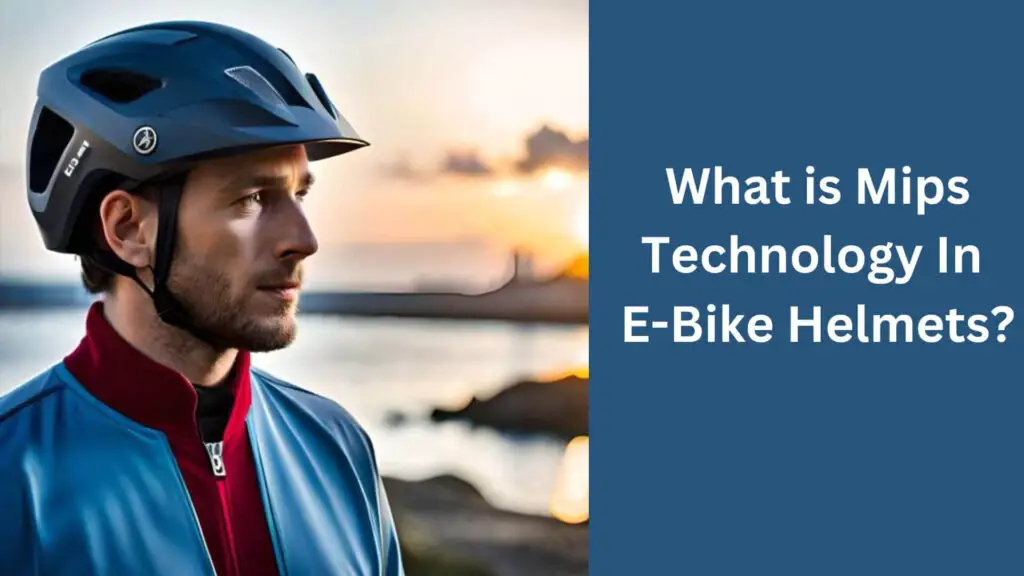
MIPS (Multi-directional Impact Protection System) is a safety feature in certain helmets that help reduce rotational forces during an impact.
It is a low-friction layer that sits between the helmet and head and allows the helmet to slide relative to the lead in the event of an angled impact.
Why Proper Fit, an E-Bike Helmet, is Important?
- Proper fit ensures maximum protection during a crash or fall.
- It helps to reduce the risk of severe head or neck injuries.
- A properly fitting helmet keeps the head secure and reduces wind resistance while riding.
- It provides better visibility and improved aerodynamics.
- A snug fit helps to keep the helmet in place and prevents it from slipping off during a crash.
- A well-fitting helmet also helps to reduce fatigue by evenly distributing weight across your head.
- It increases rider comfort, allowing for longer rides with less discomfort.
What Materials Should I Choose for My E-bike Helmet?
When choosing an e-bike helmet, you’ll need to consider the materials used in its construction. The most common materials used in e-bike helmets are hard plastics and Kevlar.
Other materials that may be used to construct an e-bike helmet include carbon fiber, titanium, and alloy steel.
1. Polycarbonate shell: This type of helmet offers good protection from impact and is lightweight but more expensive than other materials.
2. ABS plastic shell: This type of helmet is more affordable than polycarbonate but offers less protection from impact.
3. EPS foam liner: This type provides the best protection from impact, as it absorbs and disperses energy on impact.
4. Mesh lining: Mesh lining provides additional ventilation and comfort but won’t offer the same level of protection as EPS foam liners.
5. Straps: Look for adjustable and durable straps to keep the helmet in place during rides.
What Size Should I Choose for My E-bike Helmet?
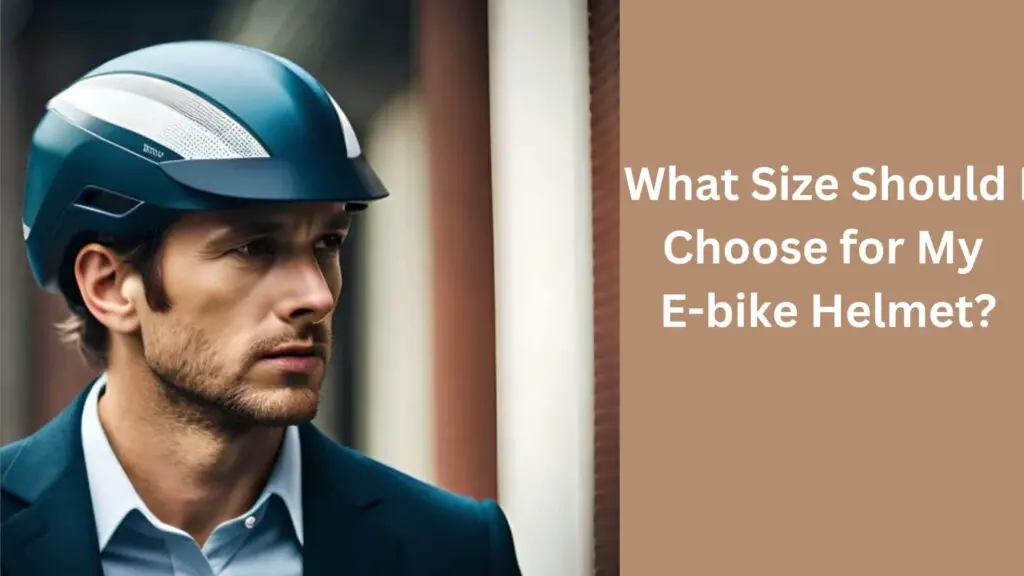
When it comes to riding an e-bike, safety should be your number one priority. But how do you know what size helmet to choose? Getting the right size for the best protection and comfort is essential.
Before you buy, measure the circumference of your head and consult the manufacturer’s sizing chart. In general, helmets come in small, medium, and large sizes.
Miniature helmets fit heads with a 20-21.75 inches circumference, medium helmets fit 21.75-23.25 inches, and large helmets fit 23.25-24.5 inches or more.
Try different helmets to find a style that fits your head shape best. If you’re in between sizes, opt for the larger size so it will fit comfortably and securely. With a properly fitting helmet, you’ll be ready to enjoy your e-bike adventures safely!
Read More: How to Maintenance E-Bike Helmet?
5 Simple Steps to Ensure Your E-Bike Helmet Fits Correctly,
Riding an e-bike is an enjoyable and convenient journey. Still, it can also be dangerous if you’re not wearing the proper protective gear.
One of the most essential pieces of equipment for e-bikers is their helmet. However, more than simply wearing a helmet is required – you must ensure it fits correctly to provide the utmost protection. Here are Five simple steps to ensure your e-bike helmet fits correctly.
Step 1: Measure Your Head
The first step in properly fitting an e-bike helmet is to measure your head. Wrap it around the widest part of your head using a soft tape measure, typically just above your eyebrows. Ensure the tape measure is snug but not too tight, as you want to ensure accuracy.
Step 2: Choose the Right Size Helmet
Once you have your head measurement, choose the fitting size helmet. Most helmets come in small, medium, large, and extra-large sizes.
Use the manufacturer’s sizing chart to determine the appropriate size for your head measurement.
Step 3: Adjust the Straps.
Next, adjust the straps on the helmet. Start by loosening all the straps so the helmet can comfortably be placed on your head.
The chin strap should be snug but not tight, with the buckle below your chin. The side straps should form a “V” shape below your ears, and the back strap should be snug but not tight.
Step 4: Adjust the Fit
Once the straps are adjusted, it’s time to change the helmet’s fit.
To ensure proper fit, the helmet should be positioned level on your head, with the front part sitting just above your eyebrows.
There should be no more than a two-finger width between the helmet and your eyebrows. Additionally, the helmet should sit snugly on your head, with no wobbling or movement when you shake your head.
Step 5: Check the Fit
After making all the adjustments, checking the helmet’s fit is essential. The helmet should be comfortable and snug, without pressure points or discomfort.
It should also not obstruct your vision in any way. Finally, ensure the helmet meets all safety standards and is appropriately certified.
Top Mistakes People Make When Trying to Fit Their E-Bike Helmet
1. Not Adjusting the Fit Properly: Proper fit is essential for the helmet to provide adequate protection. Adjust the straps and sizing dials until the helmet is snug against your head.
2. Not Checking for Safety Standards: Ensure that your e-bike helmet adheres to safety standards such as EN 1078 or CPSC, ensuring that it will effectively protect you in a crash.
3. Buying a Too-Large Helmet: If your helmet is too big, it won’t stay securely in place and can obstruct your view when riding. Ensure you buy a helmet that fits your head correctly for maximum protection and comfort.
4. Not Replacing a Damaged Helmet: If you drop your helmet, replacing it as soon as possible is essential not to compromise your safety.
5. Not Wearing a Face Shield: While not mandatory, wearing a face shield during cold weather can help to protect your eyes from wind and rain.
6. Not Cleaning and Lubricating the Helmet: Cleaning and lubricating your helmet every few months will help to keep it in good condition and reduce the wear and tear on the straps.
What are the Pros and Cons of Different E-bike Helmets?
Here is a table comparing the pros and cons of different e-bike helmets:
| E-Bike Helmet Type | Pros | Cons |
| Half Shell Helmet | Lightweight, offers good ventilation, comfortable to wear | It does not provide full-face protection and may not be suitable for more aggressive riding styles. |
| Full-Face Helmet | It offers full-face protection, is ideal for more aggressive riding styles, and can provide better crash protection. | Heavier and less ventilated than half-shell helmets can be less comfortable to wear |
| Modular Helmet | It offers flexibility between full-face and half-shell designs, can provide good ventilation when open, and is suitable for touring or commuting. | Heavier than a half-shell helmet and less protective than a full-face helmet. |
| Road Bike Helmet | Lightweight and aerodynamic, well-ventilated, ideal for high-speed riding on paved roads. | It provides less protection than other helmet types and may not be suitable for off-road riding. |
| Mountain Bike Helmet, | It offers full-face protection, is ideal for more aggressive riding styles, and can provide better protection in crashes. | It does not offer full-face protection and may not be suitable for more aggressive riding styles. |
It’s important to note that the pros and cons listed above are generalizations and may not apply to every helmet within each category. The most important factor when choosing a helmet is finding one that fits properly and meets safety standards.
FAQs About How to Properly Fit an E-Bike Helmet
Why is wearing a helmet while riding an e-bike important?
Riding an e-bike can be just as dangerous as riding a regular bike, and wearing a helmet can significantly reduce the risk of head injuries in case of an accident. It is essential to protect your head while cycling, regardless of the type of bike you are riding.
How do I determine my helmet size?
To determine your helmet size, you will need to measure the circumference of your head with a flexible tape measure. Place the tape measure just above your eyebrows and ears, and measure the widest part of your head.
How should the helmet fit?
The helmet should be snugly fitted to your head without being excessively tight. It should sit level on your chair and cover the top of your forehead. The chin strap should be close enough to prevent the helmet from moving but not so tight that it is uncomfortable.
How do I adjust the fit of the helmet?
Use the rear fit system to adjust the helmet’s fit if your helmet comes with one. This will allow you to change the fit around the back of your head.
When you push the helmet forward on your head, it should not move more than an inch. If it does, tighten the strap until it fits properly. Also, adjust the chin strap to be snug but not too tight.
Do different helmet models fit differently?
Yes, different helmet models can have different fits, even if they are the same size. It’s essential to try on several others.
Final Thoughts
Properly fitting an e-bike helmet is crucial for your safety while riding. You can ensure maximum protection in an accident by following these steps and providing your helmet fits snugly and comfortably.
Always check your helmet for any signs of damage or wear and tear, and replace it every three to five years or after an accident. Stay safe and happy riding!

Hey, I’m Hrithik Hossain. I am the head of helmethacks.com, which specializes in safety helmets. I am looking to connect with anyone interested in purchasing a helmet or who has any questions about different types of helmets. I have over 8 years of experience as a helmet expert, and I can’t wait to help you find the perfect helmet for you. I can help you with any questions regarding helmets, from the best brands to fitting, style, and more! I really enjoy keeping people safe by ensuring they have the best protection possible.

